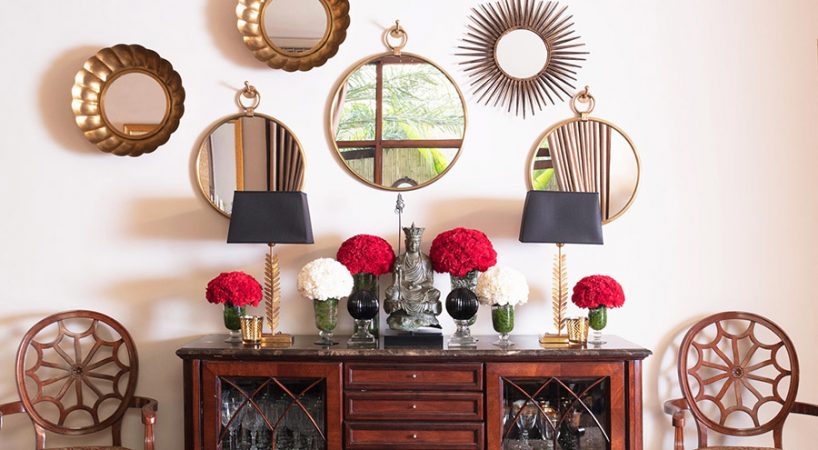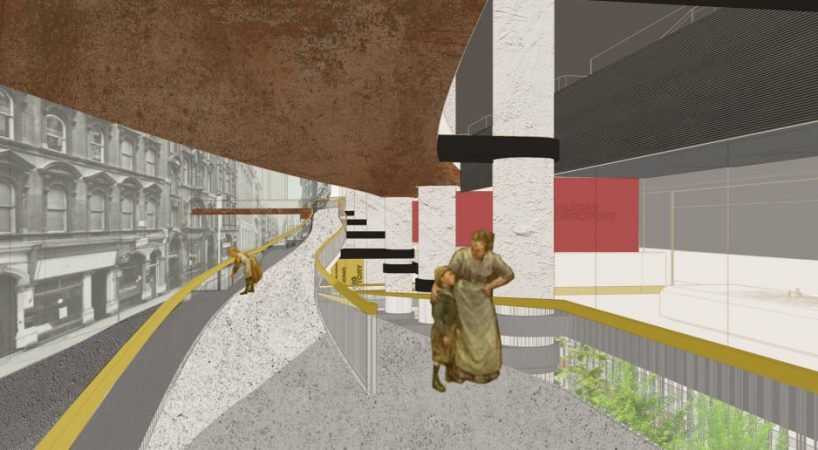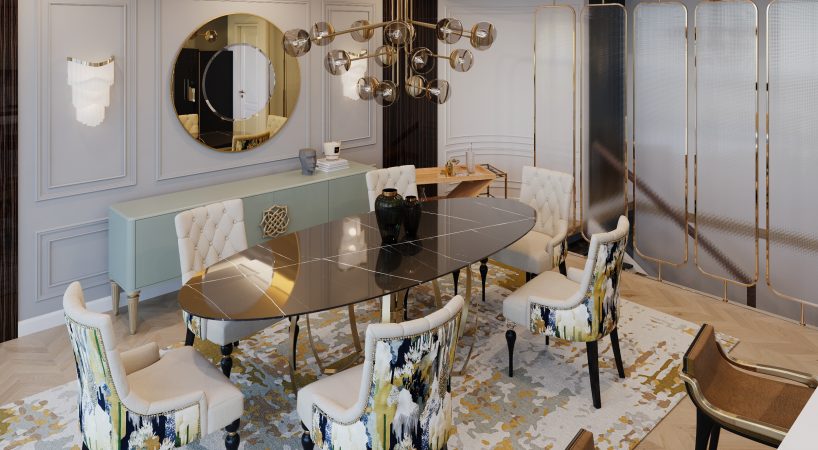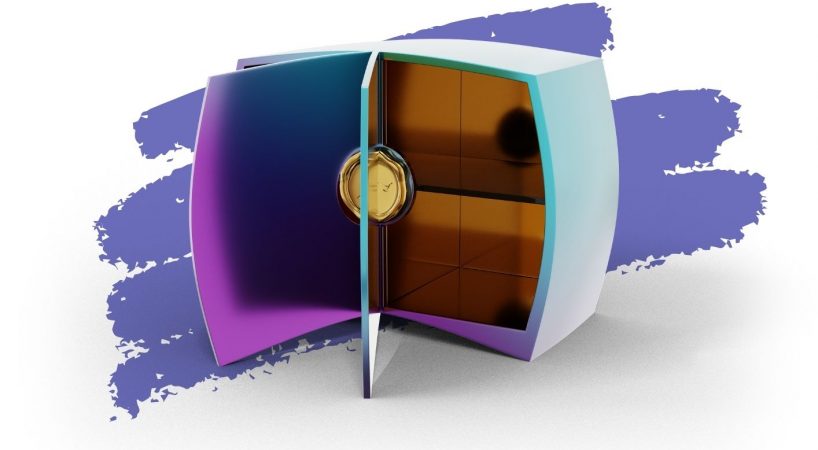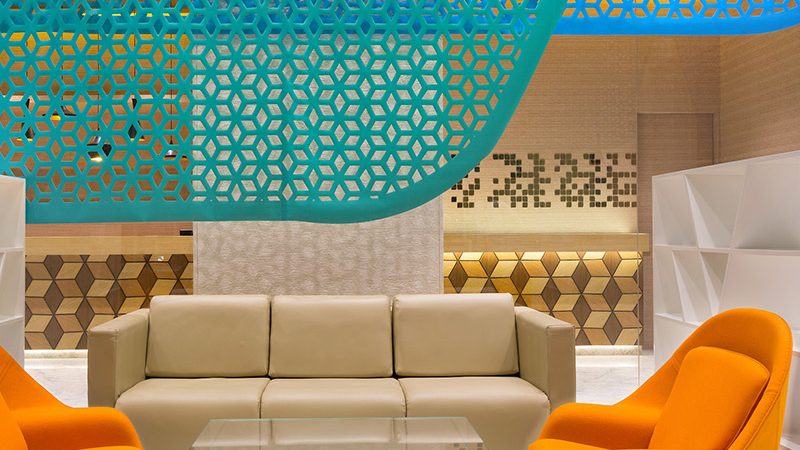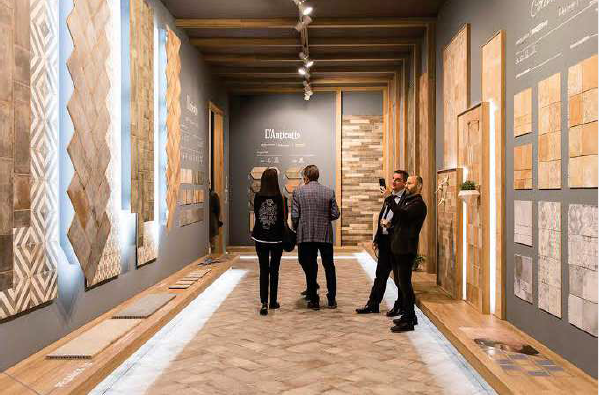THE GROWING GREEN HOUSE CONCERN
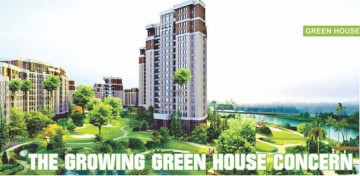
Indian construction industry, comprising of housing, retail, hospitality and commercial, is fast growing sector involving billions of dollar. According to Indian Brand Equity Foundational (IBEF) report total reality market in India is expected to touch US$ 180 billion by 2020. This speedy growth is going to put enormous pressure on various resources such as energy, water, materials and have discernible impact on the environment.
Because of this increasing scarcity of resources focus on “green buildings” had also increased all over the world and India has emerged as world’s top destination for green buildings. By implementing a number of home-rating schemes and building codes, which open up a wide range of opportunities in construction, in construction, architecture and engineering design, building materials and equipment manufacture, Indian real estate industry has shown promptness in understanding the importance of sustainability.
Green buildings are structures built using processes that are environmentally responsible and resource-efficient and encompass factors such as site selection, design, construction, operation, maintenance, renovation and deconstruction. The aim of designing a “green building” is to reduce the over all impact of the built environment on human health and the natural environment.
 The future of “green buildings” in India depends on what initiatives real estate developers take in shaping Indian Cities. Also considering that the real estate sector is driven by the demands of its end users, consumers need to be made aware about “green buildings”, so that they prefer living in a green building over a conventional building.
The future of “green buildings” in India depends on what initiatives real estate developers take in shaping Indian Cities. Also considering that the real estate sector is driven by the demands of its end users, consumers need to be made aware about “green buildings”, so that they prefer living in a green building over a conventional building.
The preference for “green buildings” by more and more people can be augmented by easy access to finance for them. A big support of the government is required to ensure that the green building development is taken seriously by its stakeholders. Ofcourse there has been a push by government for development of “green building” in India. The government has made it mandatory for PWD and CPWD to design their projects as per norms. The Ministry of Environment and Forests (MOEF) provides priority to projects with green building rating certification from any of the three rating systems (LEED, IGBC and GRIHA).
In spite of the continued efforts by both government and private sector. Indian economy is still slow paced in the scale of green building constructions as compared to the western countries.
The perception regarding construction of “green buildings” is that they cost more. However, by using building materials with good thermal insulating properties, high efficiency HVAC and lighting equipments, solar water heating, water recycling plants, rain water, harvesting systems etc. as a policy for all projects, the incremental costs can come down from 1 to 2 per cent.
More than anything it is the attitude and understanding of the people that can boost the cause of green buildings Green buildings are more about sustaining the resources for future generations than about generating economic returns out of them. If we want the kind of growth western countries are showing in green building projects, we must understand our social responsibility and act responsibly to save our environment.
Built in 1924 by a British planter as his residence, the bungalow now belongs to woodbriar Group since 1997. It is a hotel now. Subhashini Chandran. The young CEO of the Group decided to convert the Bungalow into a hotel. The job was entrusted to Abha Narani the conservation architect who respecting the majestic look of the Bungalow and its surroundings accepted the challenge and successfully restored the Bungalow to a boutique hotel with an irresistible blend of Edwardian charm and contemporary comfort.
The job was not easy as the walls of the bungalow were soaking wet, so much of the rain had seeped through over time. To be gin with the entire internal plaster had to be removed to let the surface breathe Abha Narani went on changing the dampen face of the building before she could turn it into the late 19th and early 20th century Edwardian home.
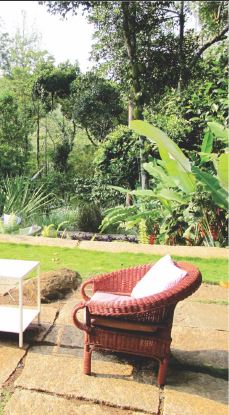 Today large windows fill the Morning Room, with first rays of light making it idea for break-fast. The entire decoration is a mix of beautiful furniture and silk carpet collected from different places. The arched corridor that runs through the Bungalow is adorned with a medley of 19th century botanical prints and photographs of the tea estate.
Today large windows fill the Morning Room, with first rays of light making it idea for break-fast. The entire decoration is a mix of beautiful furniture and silk carpet collected from different places. The arched corridor that runs through the Bungalow is adorned with a medley of 19th century botanical prints and photographs of the tea estate.
Abha Narani’s talent can be seen in her decoration skill displayed in dressing suite 3 and bathroom in suite 3. It shows the depth of vision and superb ideas of Abha Narani. More ever variety of different collected from different places reflects upon her vast knowledge of things and their source.
Tallior Valley Bungalow is a masterpiece in restoration work. Its very location can make you awe with fascination. A part of colonial 1920s structure stands against Munnar’s vast verdant valleys beyond, basking in the after noon sun. Twenty year old ivy covering Bungalow’s stone walls, hedge in front dominated by roses, dahlias and dancing girl make Tallior Valley Bungalow look like a heavenly place descended on earth.











